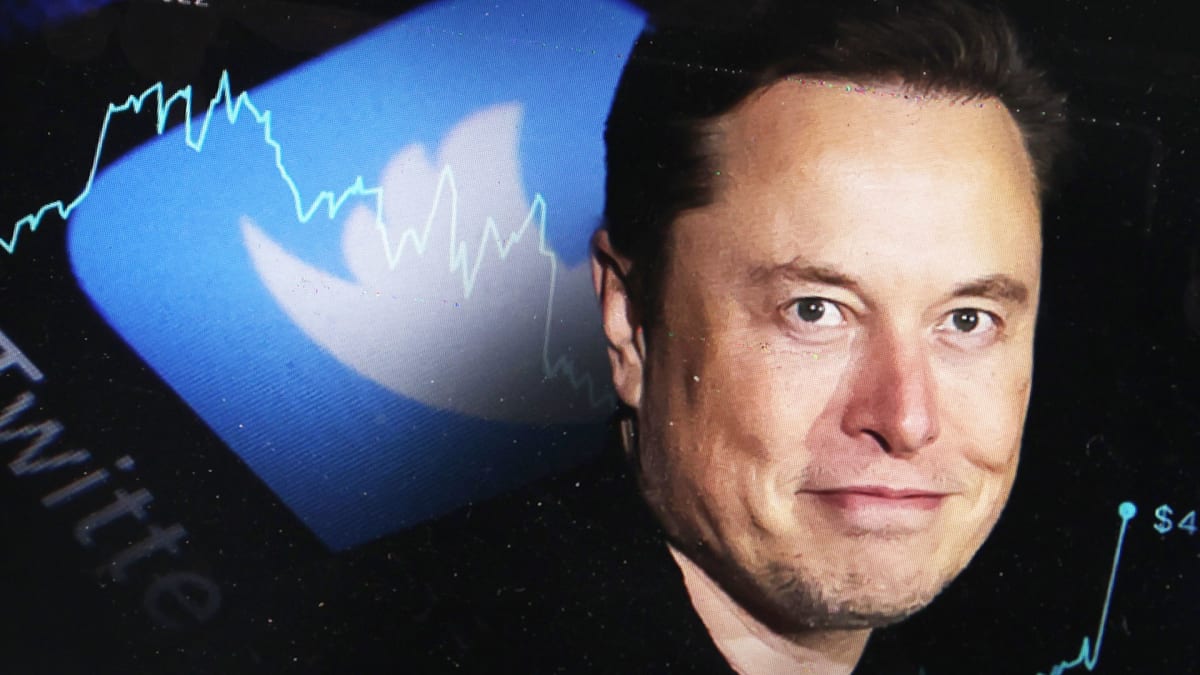
Elon Musk continues his Twitter revamp.
When the billionaire acquired the platform for $44 billion at the end of October, he set himself the ambition of making a break with Twitter 1.0.
This break is already visible on the content acceptable on the platform. From now on, users of the microblogging website are invited to tweet whatever they want within the limits of what the law authorizes. The various safeguards against xenophobia, racism, anti-Semitism and the spread of disinformation hardly exist anymore.
The other revolution undertaken by the 'Techno King' is to make Twitter profitable. This objective is one of the most difficult to achieve because advertising revenue, which represented 91% of total revenue in the second quarter of 2022, should logically decline due to the exodus of advertisers. Many brands have stopped promoting their products and services on Twitter due to Musk's laissez-faire approach to content management.
But the billionaire hopes to compensate for this by increasing the share of revenue subscriptions. He has thus increased the price of Blue, the subscription service offered by Twitter. To encourage users to subscribe to Blue, Musk has integrated the blue checkmark which suggests that the person behind an account is who they say they are. In addition, Blue members also have features like editing their tweets.
'Need to Bring Back' a 'Better' Vine
Musk also plans to charge companies that have a Twitter account.
The tech mogul is also considering offering new services. Rumors point to payment services. The serial entrepreneur himself has just indicated that he is going to resurrect a popular product, likely to seduce influencers/creators. This is Vine, a mobile app that enabled you to record and share short videos.
"It’s a tragedy how Twitter killed Periscope and Vine," a Twitter user, who said he worked for the platform, posted on Feb. 10. "Both apps had tons of loyal and talented creators who religiously used the apps and made real connections with people. Some of my fondest memories of working at twitter were from working on those apps. Bring it back @elonmusk."
The whimsical and serial entrepreneur then responded by making it clear that Twitter was going to relaunch Vine.
"Periscope does partly live on with Spaces, but no question that we need to bring back an even better version of vine," Musk said.
Basically, the question is not whether Musk will revive Vine but rather which version of Vine he will revive. The billionaire's response also indicates that Twitter 2.0 is already working on the new Vine. Musk had already tested the waters last year by running a poll, as he often does with big decisions, about Vine.
"Bring back Vine?" the serial entrepreneur tweeted on Oct. 30.
Voters had two options: "yes" or "no."
"Yes" won with nearly 70% of the votes cast.
Attacking TikTok
The billionaire sees Vine as a weapon against TikTok, the short-video platform, owned by the Chinese giant Bytedance. The platform is popular with Generation Z and millennials, and advertisers jostle for space there. Traditional social media giants, including Meta Platforms (META), and Alphabet (GOOGL), parent of Google and YouTube, have taken note of its rise. They are now copying TikTok with Reels at Meta and Shorts at Alphabet.
Vine was created in June 2012. Even before its official launch, the startup attracted the attention of Jack Dorsey, the co-founder of Twitter. The platform acquired Vine at the end of 2012 for $30 million.
Launched in January 2013, Vine has become the most downloaded free application in the U.S. Seven months later, it claimed more than 40 million users. Its big advantage was its format – six-second videos that run on a loop – and its ease of use. No need for editing; the recording is interrupted when the creator hits the button. It resumes by pressing again. Very quickly, the concept demonstrated its full creative potential.
But things changed in June 2013 with the arrival of a similar feature on Instagram. Vine was also facing competition from Snapchat. In search of an ever larger audience, many creators have migrated to YouTube and Facebook.
In summer 2014, the number of users began to decline. Stuck in internal governance issues, the platform evolved only gradually and marginally -– the six-second limit, for example, was lifted only in June 2016.
In April 2015, Twitter tried to react by buying Niche, a company that connects creators with advertisers. It promised to open up to advertising and share its recipes. But it was too little, too late. The application had become a financial burden for Twitter, between IT infrastructure and wages.
In October 2016, Twitter decided to discontinue Vine.
"To all the creators out there — thank you for taking a chance on this app back in the day," the company wrote in its goodbye blog post.
"To the many team members over the years who made this what it was — thank you for your contributions. And of course, thank you to all of those who came to watch and laugh every day."







